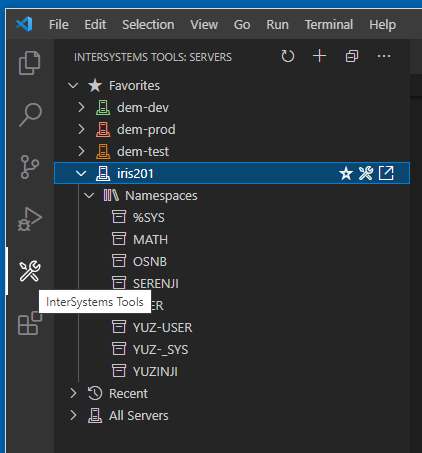I'm pleased to announce a major release of the InterSystems Server Manager extension. It has gained a UI!

Read more at Open Exchange.
Right now version 2.0 is like an aircraft at the start of the runway (remember those days before COVID-19?), waiting for the control tower to give final clearance. Will you be an early adopter, downloading the VSIX from GitHub, installing it into your VS Code, and posting back here to confirm that we haven't left anything critical behind at the gate? Then I'll push the throttles forward, publish to Marketplace, and we'll all be on our way.
Server Manager 2.0 is my entry for the current contest. If you like it maybe you'll vote for me it.


.png)
.png)

.png)
.png)
.png)
.png)